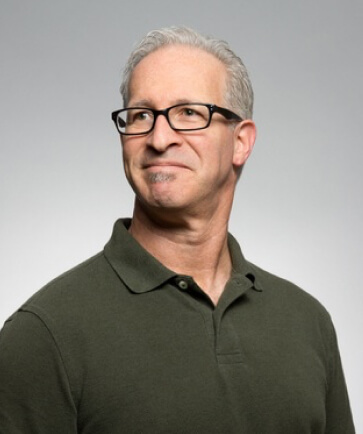Change is coming to college basketball — and fast. This new change could be the first step to completely reshaping how talent is developed from coast to coast. This season, BYU’s best player, Young, showed just how lethal he was on the floor. He led the Cougs to their first Sweet 16 run in more than a decade! Young’s performance embodies the increasing importance of NCAA basketball as a proving ground for soon-to-be NBA stars. As programs increasingly mirror NBA strategies, college basketball could soon dominate the American talent pipeline, gaining an edge over European teams that eye international players hoping for a shot at the NBA.
From 2015 to 2022, one and done players were almost always the main favorites in NBA drafts. Collegiate pipeline of the past 14 No. This upward trajectory is a clear sign that NBA teams are betting big on the collegiate pipeline. They are looking for players who’ve operated in similar systems—those that replicate the pro environment. With just 17 college players in the past two drafts combined making it into the lottery, we see how the recruiting game has changed.
Duke’s Cooper Flagg is the rare one-and-done prospect who will land in the number-one-overall-pick discussion. Only Colorado State’s fifth-year senior Nique Clifford looks primed to join him in this year’s draft. Further, BYU’s international freshman Demin is on track to take an international spot. This new wave of talent from all different backgrounds is a testament to the many routes players are finding to the world of professional basketball.
Many of the projected top picks in this year’s draft come from colleges with coaching staff who have significant NBA experience. Fortunately for NC State, they have one of the best in the business, Andrew Slater as their general manager and chief strategist. In the NBA Slater served as a consultant and evaluation scout for the Oklahoma City Thunder. This dual experience has provided him with a unique perspective that can enhance player development.
Illinois’ Kasparas Jakucionis and Will Riley serve as examples to show the raw talent that college programs are continuing to produce. Their collective improvement is a product of having worked with assistant coach Zach Hamer. He carried that sort of experience, honed during stops with the Los Angeles Lakers, to Underwood’s program. This combination of experience and talent is a testament to how far collegiate coaching has come. It keeps up with the demands of the professional game.
Now these kids are able to leave for school and have money in their pockets. As another prominent NBA agent reminded me, many of these players would still prefer to participate in March Madness and experience the thrill of college basketball, particularly now that the rules of player compensation have been altered in their favor.
Combined with the intense competitive spirit seen in all college players, these attributes raise their ceilings even higher. Underwood noted, “They know how to work. They’re very much mature… They played to win. They’re extremely competitive.” That competitive drive is key to accomplishing success at those high levels. It perpetuates the idea that college degree programs are doing a good job of growing talent.
Darrion Williams picked NC State over Kansas and a host of other finalists. He knows that this is his last chance to solidify himself as a top 31 selection. “I felt like if I used one more year and really honed in on everything… I think I can solidify myself as a first-rounder,” Williams stated. That desire to improve oneself is a testament to the success and aspiration found in the collegiate athletic space these days.
As NCAA programs start to replicate strategies like those adopted in the NBA, scouts are watching closely. They’ve been coached well, too,” one Western Conference scout said, giving credit to the strong developmental impact experienced coaching has made on ensuring a player is ready to step into professional play. Meanwhile, another scout emphasized, “It’s about discipline. It’s about being able to play with others first,” highlighting attributes that are essential in team dynamics.
The changing world of player development makes it harder to rely on traditional recruitment practices. An Eastern Conference scout noted a potential shift: “Teams are going to start saying, ‘Well maybe we don’t need three stars.’” It illustrates an experience-driven acknowledgment that depth and chemistry can beat just throwing a bunch of stars together.



Leave a Reply